Executive Summary:
India is assessing how new U.S. sanctions targeting Iran’s ports and shipping sectors could affect its long-term deal to develop and operate a terminal at Chabahar, a strategic port on Iran’s southeast coast. The outcome matters well beyond bureaucracy: it could shape how food aid reaches Afghanistan, how Indian exporters access Central Asia and Russia, and how New Delhi balances its ties with Washington while pursuing regional connectivity that bypasses Pakistan.
A new wrinkle for a long-planned corridor
What changed is not India’s intent—New Delhi sees Chabahar as a cornerstone of its regional strategy—but the risk environment around it. After India signed a 10‑year agreement in May 2024 to equip and operate Chabahar’s Shahid Beheshti terminal, the U.S. State Department publicly warned that dealings with Iran carry sanctions risk. In recent weeks, Washington tightened measures against Iranian maritime and logistics networks as part of its broader Iran pressure campaign, signaling potential secondary sanctions exposure for foreign partners touching sanctioned Iranian entities. Indian officials have said they are examining the sanctions language and seeking clarity from the United States, while reiterating that Chabahar supports regional connectivity and humanitarian deliveries, not sanctions evasion.
The practical impact turns on compliance, finance, and insurance rather than any single announcement. Even when humanitarian exemptions exist on paper, banks and insurers often over‑comply to avoid U.S. penalties. That can freeze payments to port authorities, delay equipment shipments, raise insurance premiums for ships calling at Chabahar, and make contractors wary—without any formal ban. India’s operator, India Ports Global Limited, had pledged fresh investment and equipment under the 10‑year deal; how those commitments proceed now depends on whether New Delhi can secure assurances or a tailored carve‑out similar to earlier U.S. allowances that recognized Chabahar’s role in supplying Afghanistan.
Why Chabahar matters to people on the ground
For Afghans, especially in the southwest of the country, Chabahar is more than a map pin. It has been a route for Indian wheat, medicines, and relief goods moving by sea to Iran and then overland into Afghanistan. When other crossings are politically sensitive or disrupted, this corridor can keep food and supplies flowing. Any chill in shipping or banking linked to sanctions makes those deliveries harder, costlier, or slower.
On Iran’s side of the border, the port sits in Sistan‑Baluchistan, one of the country’s poorest provinces. Stevedores, truckers, warehouse workers, and small traders rely on steady cargo volumes. If shipping lines hesitate or financing wobbles, the first hit is local livelihoods. For Indian businesses—think exporters of basmati rice, tea, pharmaceuticals, and engineering goods—the port is a potential shortcut to markets in Central Asia and, via the International North‑South Transport Corridor, to the Caspian and Russia. With global sea lanes strained by Red Sea disruptions and higher insurance costs, a functioning Chabahar corridor offers an alternative that trims time and risk. If the project stalls, those savings evaporate and Indian firms stay dependent on longer, costlier routes.
India’s balancing act with Washington and Tehran
New Delhi’s challenge is familiar: keep a critical infrastructure project alive in Iran without crossing Washington’s red lines. India has walked this tightrope before. When the United States reimposed tough Iran sanctions in 2018, it later carved out Chabahar given its link to Afghanistan’s reconstruction. The geopolitical landscape has changed since then, but the logic India will press remains similar—Chabahar supports stability, trade, and humanitarian access, not sanctioned activity.
This sits inside a wider regional chessboard. Chabahar is the counterweight to Pakistan’s Gwadar port, developed with Chinese backing under the Belt and Road Initiative. For India, investing in Chabahar is about maintaining strategic reach into Central Asia and signaling it won’t outsource its continental access to rivals. For Iran, Indian partnership brings jobs, equipment, and a degree of economic diversification while Tehran deepens ties with Russia and China. For the United States, sanctions are a tool to pressure Iran over its nuclear and regional activities, but they also intersect with U.S.–India ties and shared interests in a stable Afghanistan and resilient supply chains. How Washington calibrates enforcement—and whether it acknowledges Chabahar’s humanitarian and connectivity role—will shape the next steps.
Money, risk, and the fine print of sanctions
Sanctions policy is often decided in chancelleries, but its bite is felt in bank compliance rooms and insurance underwriting desks. Even absent direct penalties on India’s project entity, secondary sanctions risk can make lenders balk at financing equipment purchases, cause shipping companies to avoid calling at the terminal, and push insurers to add costly war‑risk or sanctions clauses. That is why India is likely to focus on ring‑fencing the project: using non‑U.S. currency channels, routing payments through banks comfortable with Iran exposure, and documenting end‑use for humanitarian and connectivity purposes. If Washington offers written comfort—whether a waiver, guidance, or case‑by‑case licensing—it can unlock private‑sector participation that verbal assurances alone cannot.
What to watch next
The immediate signals to watch are diplomatic and operational. On diplomacy, any U.S. guidance that explicitly recognizes Chabahar’s role could ease compliance anxieties; absent that, Indian officials will test whether transactions tied to equipment, spares, and port services can proceed without banks or insurers pulling back. On operations, look for whether new cranes, IT systems, or dredging work move forward at Shahid Beheshti, and whether cargo volumes hold up. On the trade side, watch Indian shipments bound for Afghanistan and Central Asia and whether freight forwarders continue to book routings through Chabahar. And on the broader corridor, any incremental progress along the North‑South route—rail links in Iran, customs harmonization with Central Asian states, or improved trans‑Caspian services—will tell you whether India can turn a strategic map into a working marketplace despite a tougher sanctions climate.
The bottom line is simple: this is not just about a port. It’s about whether a sanctions‑heavy world leaves room for practical connectivity that moves food, medicine, and commerce across a hard neighborhood. India’s next steps—and Washington’s response—will decide if Chabahar remains an idea on paper or a lifeline in practice.



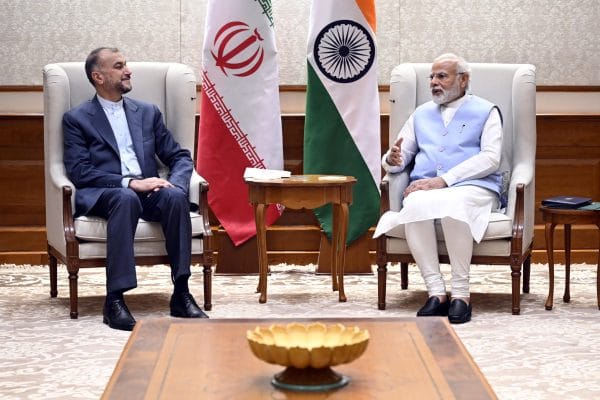


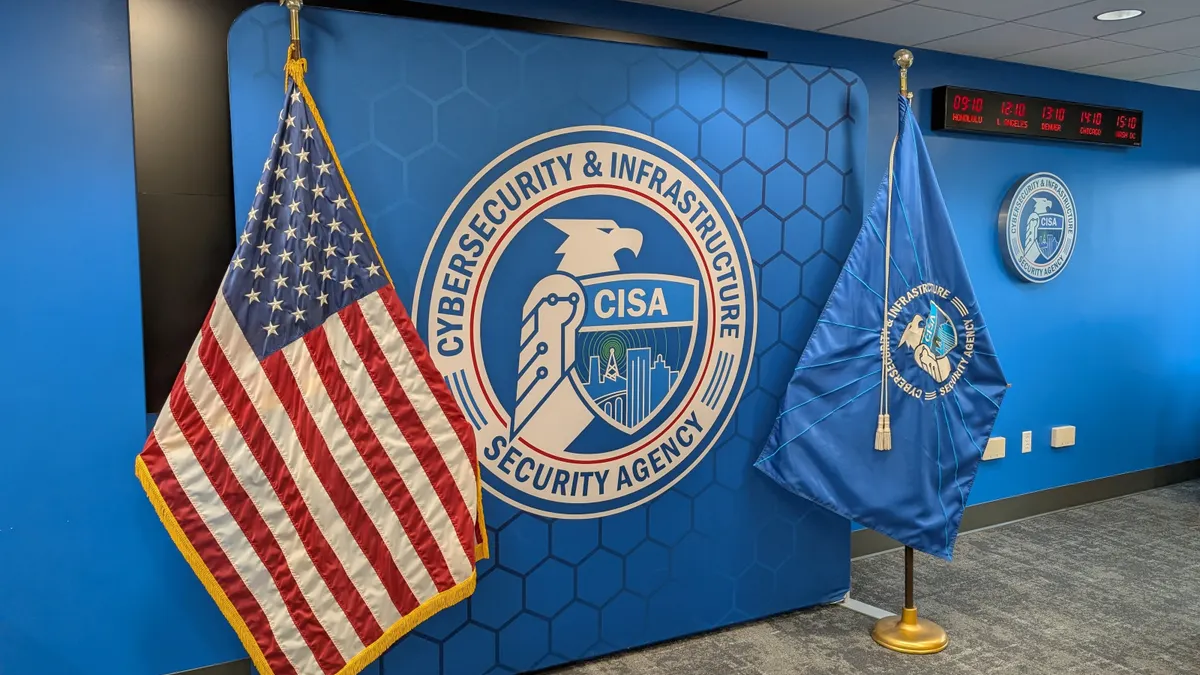
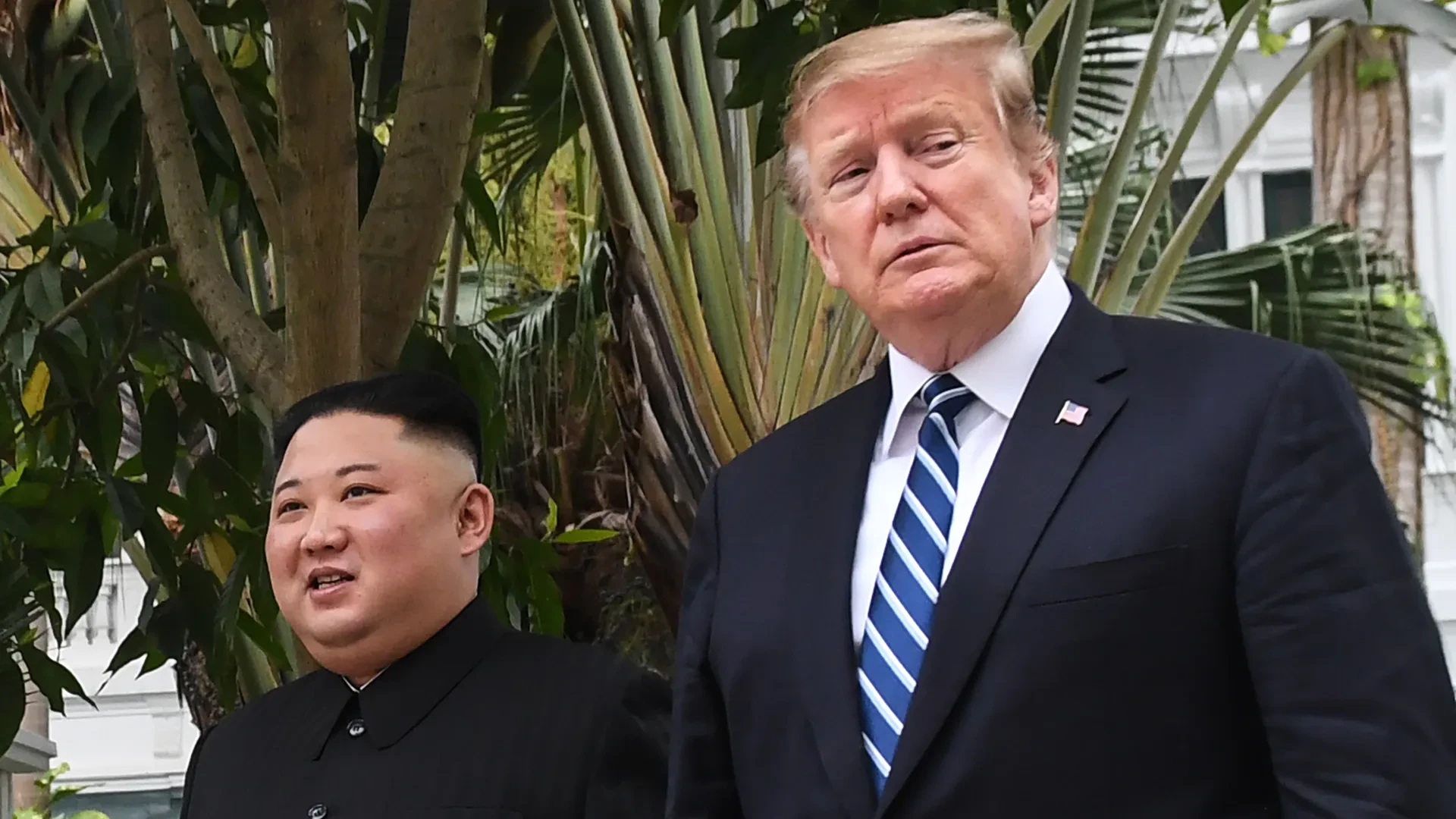
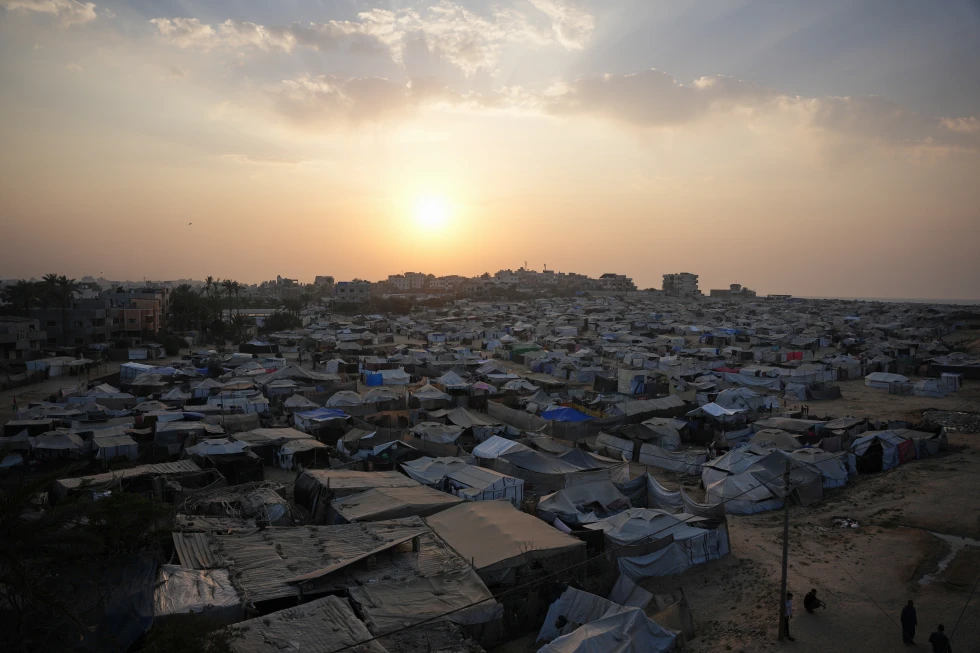
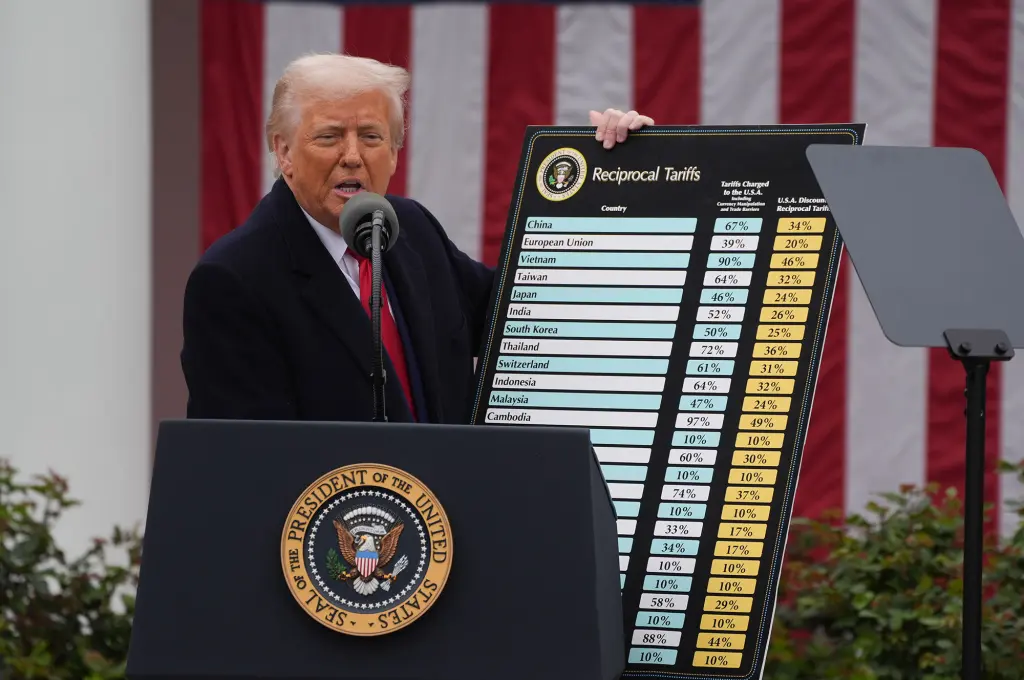

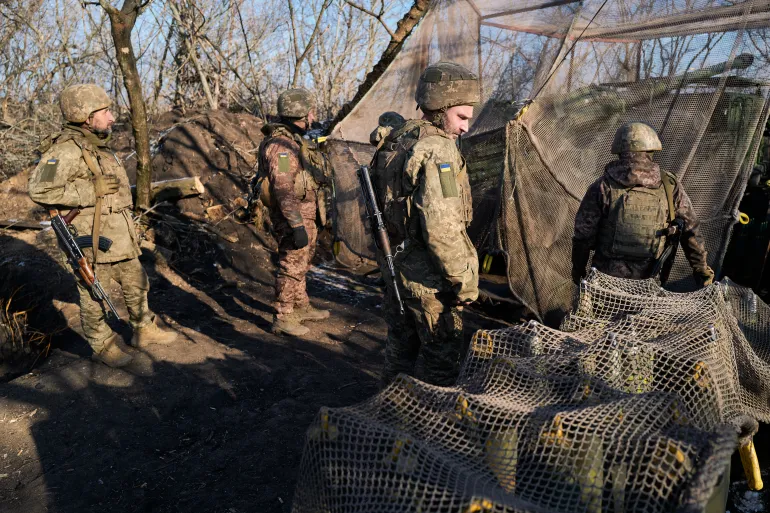

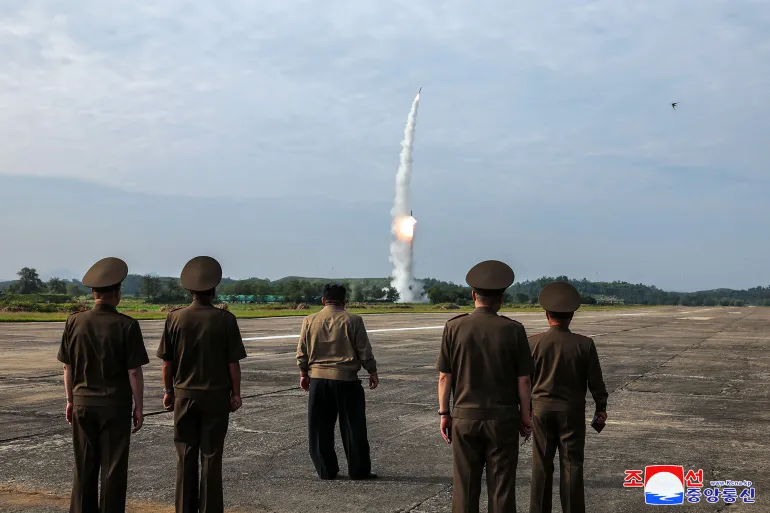

Discussion